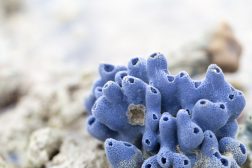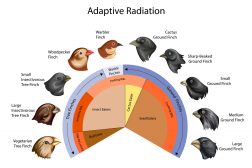Definition
noun
(embryology) The outer (upper) ectodermal layer of the embryonic disc, closer to the amniotic cavity, and above the hypoblast
Supplement
The epiblast is the outermost layer of the embryonic disc during the early embryonic development. In reptiles and birds, the epiblast originates from the blastodisc. In mammals, it is derived from the inner cell mass (or embryobalst) of the blastocyst.
In mammalian embryogenesis, the blastocyst develops a blastocoel and forms two layers: the trophoblast and the embryoblast. The cells of the embryoblast grow and form the embryonic disc. The outer layer of the embryonic disc is called the epiblast whereas the layer below the epiblast is referred to as the hypoblast.
The epiblast layer soon forms small clefts that will coalesce to give rise to the amniotic cavity. The amniotic cavity separates the embryonic epiblast from the other epiblast cells that lined the cavity. The cells of the embryonic epiblast are believed to generate the actual embryo. They proliferate and migrate toward the dorsal midline of the embryonic disc, forming the primitive streak.1 The primitive streak serves as the site of gastrulation, which is the process of forming the three germ layers (i.e. endoderm, ectoderm, and mesoderm).
Word origin: Greek epí (on top of, above, in addition to) + Greek blastós (germ, sprout)
Synonym(s):
- (primitive) ectoderm
Compare:
See also:
- invagination
- delamination
- blastoderm
- epilepidoma
- amniotic cavity
Related term(s):
Reference(s):
1Gilbert SF. Developmental Biology. 6th edition. Sunderland (MA): Sinauer Associates; 2000. Early Mammalian Development. Available from: link







